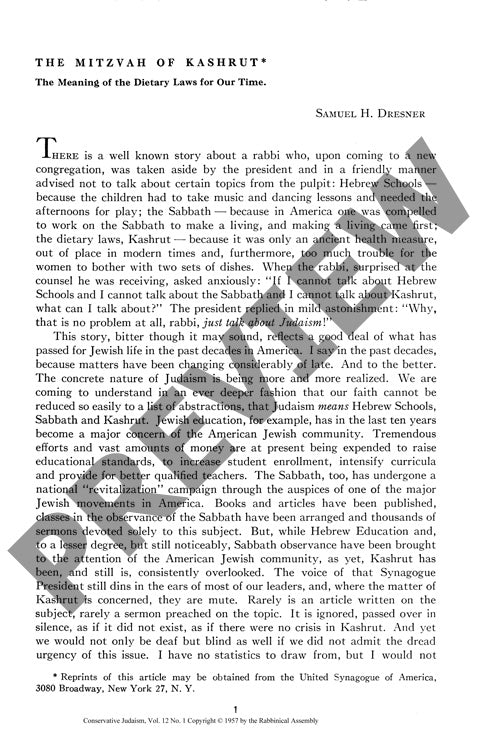The Mitzvah of Kashrut the Meaning of Th
Couldn't load pickup availability
The declining observance of kashrut (Jewish dietary laws) among American Jews signals a deeper crisis in religious practice and cultural identity. Through analysis of biblical passages from Genesis, Leviticus, and Deuteronomy, alongside Talmudic commentaries and medieval authorities like Maimonides, this research reveals kashrut as far more than an ancient health code - it represents a sophisticated religious system designed to achieve holiness (kedoshah) by elevating everyday eating into sacred ritual. The investigation shows how Jewish law approaches meat consumption as a divine concession to human nature, mandating reverence for animal life through humane slaughter (shechitah) and blood removal (kashering). These practices serve dual functions: sanctifying daily sustenance and maintaining Jewish distinctiveness. The findings demonstrate how kashrut transforms the home into a temple and meals into ritual acts, forming part of Judaism's comprehensive approach to sanctifying daily life. The current decline in observance stems from both misunderstanding of these deeper meanings and diminished commitment to Jewish particularism. Revitalizing kashrut requires not only education about its spiritual significance but also renewed appreciation for Jewish separation as religiously meaningful rather than socially divisive. In this light, kashrut emerges as essential to both preserving Jewish identity and fulfilling Judaism's universal mission as "a light unto the nations."

More Information
-
Physical Description
-
Publication Information
Published 1957
ISBN
-
Publication Credits
Samuel Dresner

